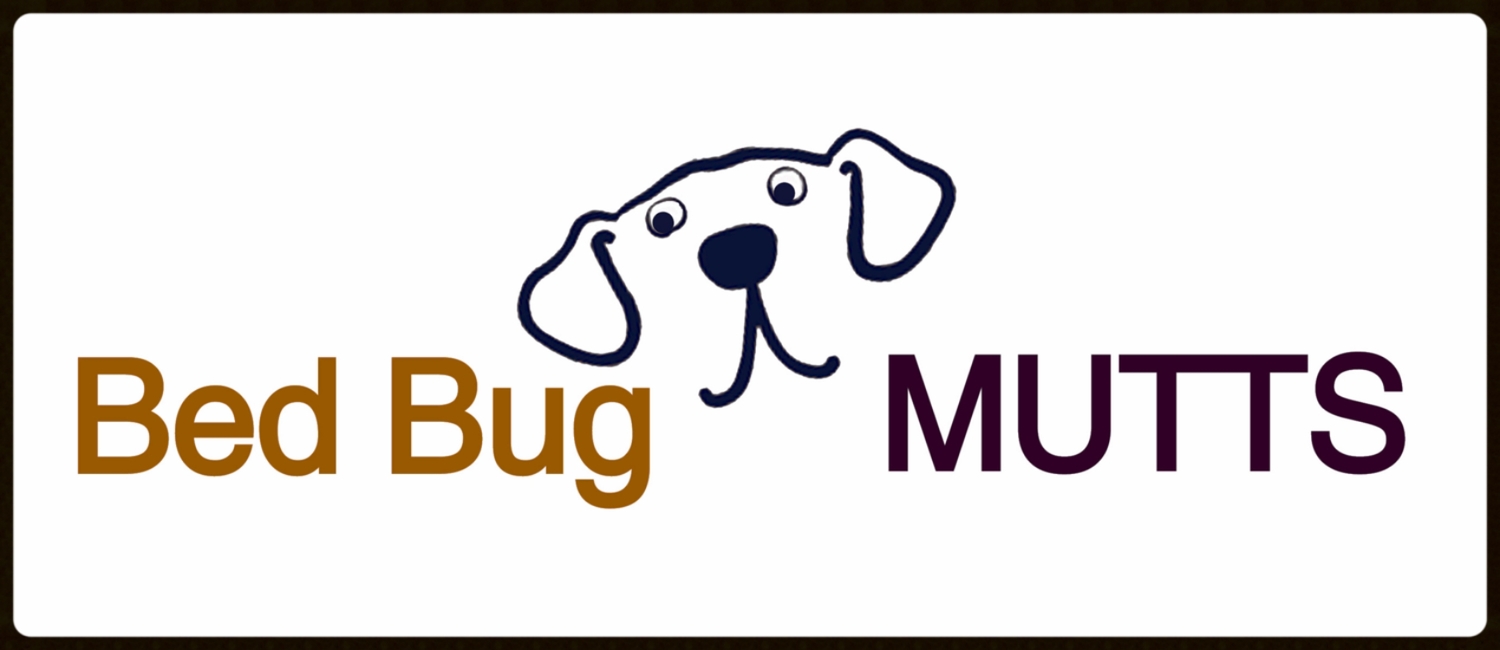With holiday travel and New Year's parties all but fond memories, it is a good time to review the most common indicator of a bed bug infestation - bed bug fecal marks. If bed bugs were left behind by your guests or hitched a ride along with your vacation momentos, the time is now to identify an infestation before it grows.
Identifing Bed Bug Fecal
Bed bug fecal spots on a bed sheet at the head of the bed.
Bed bug fecal, the 'poo', is the most common evidence of bed bugs and if you know where to look, and have the right tools, it can be fast and easy to positively identify this physical evidence,
The following excerpt comes from the Virginia Department of Agriculture and Consumer Services and is an excellent 'Bed Bug Fecal 101':
Bed bugs feed every 5-7 days if a host is present. On the days they are not feeding, they spend their time digesting their previous meal. Blood contains a lot of water so the bed bugs must condense their meal right away and excrete some of the excess liquid as waste. This digested blood is then deposited wherever the bed bugs happen to go after feeding. The excreted waste comes out in a semi-liquid from and can be easily seen on the surfaces of mattresses, bed frames and other locations where the bed bugs travel or aggregate. These fecal spots are black in color (not red because the blood has already been digested) and are often seen in groups of 10 or more. However, if the infestation is low, and the bed bug was just passing through the area, there may be only one or two spots in a particular location.
Where To Look For Fecal Spots
Do not be fooled by pictures of large infestations where the tell-tale fecal traces may be found anywhere because bed bugs are everywhere. In a small infestation, the areas where fecal indicators are more likely to be spotted are in or near the head of occupied beds or seating areas – anywhere a readily available and sedentary host provides a reliable meal ticket.
Bed bug fecal spotting on a box spring encasement.
Armed with a good flashlight, a search for bed bug fecal spotting should include:
Along the mattress seams and under/on the mattress tags
Under the plastic corner protectors on the box spring
On the wood frame of the box spring
Along the stapled edges of the box spring dust cover
Behind the head board
In the screw heads and joints of the metal bed frame
Under wooden support slats of 'Ikea' style beds
And occassionally, they are found:
Along the tops of baseboards or the edge of carpeting
Ceiling/wall junctions and behind pictures on the wall
At electrical outlets
In curtain seams where they gather at the rod
Bed bug fecal spotting is visible along the top edge of the baseboard as well as on the backside of the wallpaper which has been lifted back to reveal more fecal spotting.
Key To Identify Fecal Spots
Once you find suspect marks, use Bed Bug Blue Fecal Spot Detection Kit for positive identification. A drop of testing solution on a Q-tip, a quick swipe of the suspect mark, followed by a 60 second wait while applying the Q-tip to the testing paper, and 'Viola', you have your answer. If the paper appears blue you need a bed bug professional. If not, you are in the clear.
In summary, if you are familiar with the appearance of bed bug fecal spots, if you know where to look for the fecal traces, if you arm yourself with a flashlight and Bed Bug Blue to assist you, your search will be easier, faster and more accurate.



